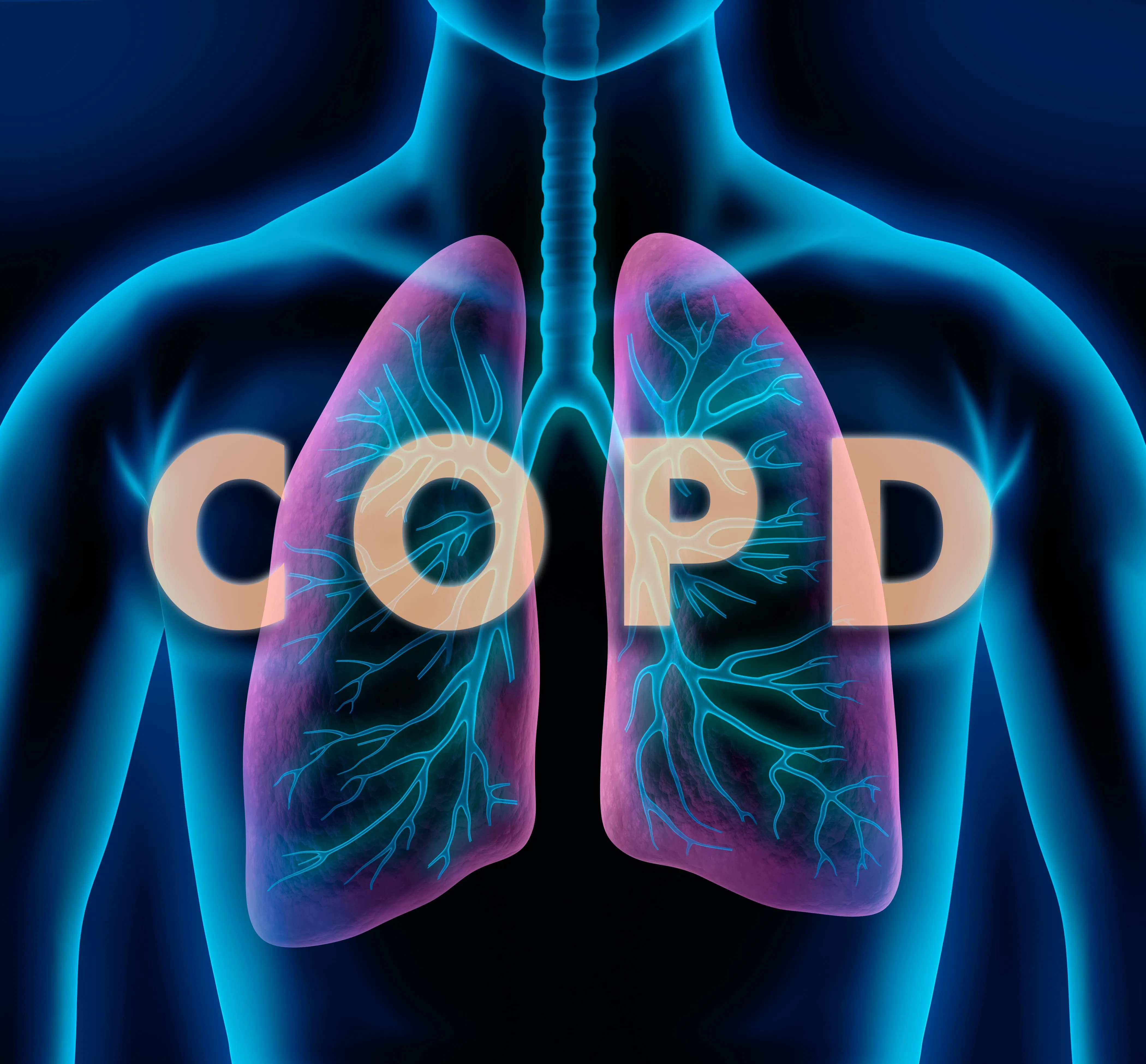Understanding Ineligibility and Limitations to Pulmonary Rehabilitation for AECOPD Patients

COPD and Acute Exacerbation Overview
Acute exacerbation of COPD (AECOPD) presents a major challenge in pulmonary health. A recent study showcased at CHEST 2024 revealed alarming statistics regarding pulmonary rehabilitation (PR) uptake among hospitalized AECOPD patients.
Education's Role in PR Enrollment
Education on PR referral is critical. The American Thoracic Society recommends PR participation within 3 weeks of hospitalization for AECOPD. Despite these guidelines, a mere 1.9% participated within six months of discharge. A quality improvement initiative at Baystate Medical Center tracked PR trends, identifying significant barriers impacting referral and enrollment.
- Out of 1255 AECOPD encounters, only 770 patients were eligible for study consideration.
- Among these, only 18% participated in PR.
- Notably, older patients were more likely to engage in PR.
With 58% of patients needing additional services post-discharge, such as nursing or physical therapy, understanding participation trends is imperative.
Ineligibility Factors That Limit PR Participation
Another poster presented highlighted factors affecting PR eligibility. A thorough review of hospital records identified only 38% of patients as eligible for PR based on established criteria. Category-wise, the main reasons for ineligibility included:
- Illness or frailty posing excessive risk (45%).
- Cognitive or psychiatric barriers (24%).
- Incorrect COPD diagnoses (19%).
Both posters underscore the critical need for targeted strategies to enhance PR uptake among AECOPD patients.
This article was prepared using information from open sources in accordance with the principles of Ethical Policy. The editorial team is not responsible for absolute accuracy, as it relies on data from the sources referenced.